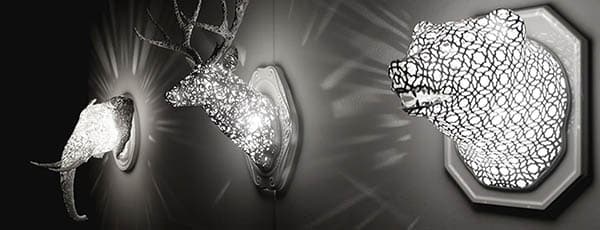Rapid prototyping is the process of creating a physical model of a product using three-dimensional computer-aided design (CAD) data. This technology has revolutionized the product development cycle by providing faster, more efficient, and cost-effective methods for creating prototypes. Rapid prototyping services have become increasingly popular in recent years due to the multiple benefits requested.
Here are some of the uses of rapid prototyping services:
Product Design and Development
Rapid prototyping services are commonly used in the product design and development process. The rapid prototyping services allow designers and engineers to create physical prototypes of their designs in a matter of hours or days rather than weeks or months. It allows them to test and refine their designs fast and make changes as necessary. With rapid prototyping, designers can get a feel for how their products will look and function in the real world as opposed to relying solely on computer simulations. They can also use physical prototypes to test various materials and manufacturing processes and identify potential issues before going into full-scale production.
Testing and Validation
Rapid prototyping is an excellent way to test and validate product designs. Engineers can create functional prototypes that can get used to test and evaluate a product’s performance, functionality, and usability. It allows them to identify any design flaws early in the development process and make necessary adjustments to improve the product’s overall performance.
Marketing and Sales
Rapid prototyping services can also get used to creating prototypes for marketing and sales purposes. Companies can use physical prototypes to showcase their products to potential customers, investors, and other stakeholders. It allows them to demonstrate the product’s features and benefits and generate interest and excitement around the product.
With rapid prototyping, companies can create realistic and functional prototypes that accurately represent the final product. It is valid for products that are difficult to describe or visualize, such as complex machinery or electronic devices.
Education and Training
Rapid prototyping is also used in education and training. Educational institutions and training facilities can use rapid prototyping to create realistic models of complex systems, such as engines, medical devices, and other equipment. It allows students to get hands-on experience and learn more interactively and engagingly.
Creating models
In addition, rapid prototyping can get used to create models of historical artefacts, scientific specimens, and other objects that are difficult to obtain. It allows students and researchers to study and analyse these objects in detail without risking damage to the original artefacts.

3D printing in interior desgins*
Art and Design
Rapid prototyping is also used in art and design. Artists and designers can use rapid prototyping to create sculptures, jewellery, and other art objects. It allows them to create intricate and complex designs that would be difficult or impossible to make by hand. With rapid prototyping, artists and designers can create physical models of their designs quickly and easily and make changes as necessary.
Conclusion
Rapid prototyping services have a range of uses across various industries. They allow for faster and more efficient product development, and testing and provides opportunities for marketing, education, and art and design. With the rapid growth of technology, it’s safe to say that prototyping services will continue to play an increasingly important role in the product development process for years to come.
Reference
*Image from https://www.stpl.com/
